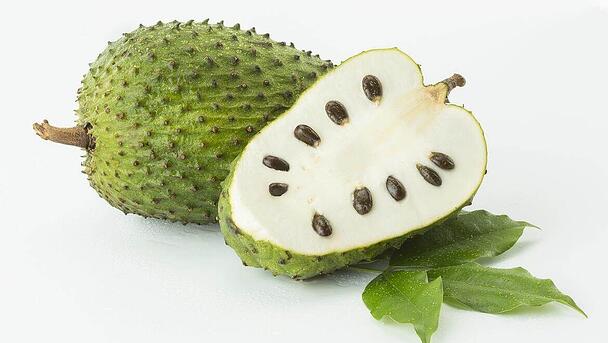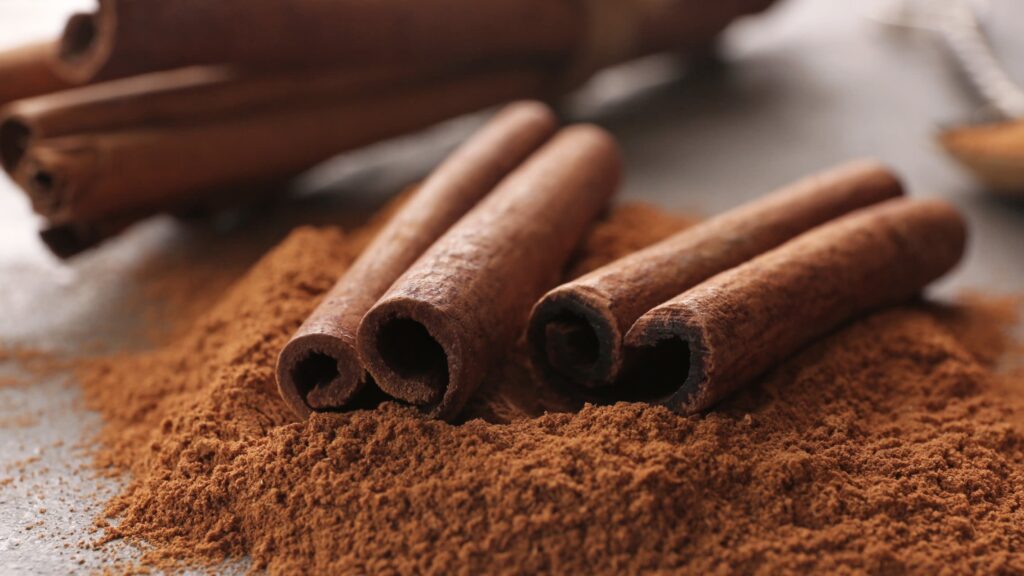Wild bananas, the ancestors of today’s common bananas, grow naturally in the wild. Many people are used to the sweet, yellow bananas from local stores, but wild bananas look and taste quite different.
So, let’s dive into the topic: are wild bananas something you can eat without worry? This article will take a closer look at wild bananas, whether you can eat them, and what benefits or risks they might bring to your health.
Table of Contents
Understanding Wild Bananas
Wild bananas belong to the Musaceae family and grow in Southeast Asia, particularly in places like Indonesia, Malaysia, and the Philippines.
They differ from the bananas we’re used to—they’re smaller, have more seeds, and don’t taste the same. Wild bananas are very important because they are the natural ancestors of today’s domesticated bananas.
Is It Okay to Eat Wild Bananas?
Wild bananas are indeed edible, but they’re not like the bananas we often buy at the store. They have a unique flavor and can be eaten in different ways, such as cooking them by boiling, frying, or even baking.
Flavors of Wild Bananas
The flavor of wild bananas can vary a lot. Some taste bitter because they contain certain natural chemicals called alkaloids, while others are quite sweet. The taste can also change based on how ripe they are and how you cook them.
Wild bananas may be harder to find than the typical bananas you get from the store, but many people think they taste better. They can have interesting and complex flavors, mixing sweetness with earthy notes that can make eating them an exciting experience.
Remember though, not all wild bananas are going to be sweet. Figuring out the best time to eat them can be a bit tricky. So, if you’re able to get wild bananas from a local market or community, ask the locals how they like to eat and prepare them to get the most enjoyment out of these fruits.
Nutritional Value of Wild Bananas
Wild bananas can be a healthy food choice because they are packed with important nutrients your body needs. Here are some key nutrients found in wild bananas:
- Carbohydrates: They are a good source of carbs, which give you energy.
- Dietary fiber: They are full of fiber, which can help with digestion and keeping you full.
- Potassium: They have a lot of potassium, which is important for keeping your heart healthy and regulating blood pressure.
- Vitamin C: They provide vitamin C, an antioxidant that can boost your immune system and protect your cells.
- Vitamin B6: They are rich in vitamin B6, which is necessary for brain health, a strong immune system, and making red blood cells.
With all these nutrients, wild bananas can be a beneficial part of a well-rounded diet.
Health Benefits of Wild Bananas
Eating wild bananas can have lots of health advantages due to their rich nutrient content. Here’s what they can do for your well-being:
- Better digestion: Thanks to their fiber, wild bananas can help keep your digestive system running smoothly.
- Lower blood pressure: Their potassium content can help maintain a healthy blood pressure level.
- Stronger immune system: The vitamin C in wild bananas can strengthen your immunity and protect your cells.
- Reduced inflammation: They have anti-inflammatory properties, which might lower inflammation in your body.
- Heart health: Eating wild bananas can be good for your heart, thanks to the amount of potassium they have.
- Brain health: The vitamin B6 in wild bananas is essential for a healthy brain.
- Energy boost: Because they are a source of carbs, they can give you a steady supply of energy.
Integrating wild bananas into your meals can provide multiple health benefits and can help improve your life.
Risks of Eating Wild Bananas
Even though you can eat wild bananas safely, there are some things to be aware of. Below is what you should consider:
- Bitterness: Some wild bananas might taste bitter, which could be due to toxic alkaloids. If you eat too much of them, these could be harmful.
- Fiber content: Having a lot of fiber is good for you, but eating too many wild bananas can cause stomach problems like gas or bloating.
- Toxins: There might be toxins in wild bananas that are not great for your health if you eat a lot of them.
- Hard to find: Unlike regular bananas, wild varieties are not commonly grown or easily bought at markets.
- Hard to find: Wild bananas may not be everywhere, and getting them can be hard. Because of this, you might not be able to eat them often.
- Potential for allergies: Some people might have allergies to bananas or things in wild bananas. This can cause problems like itching, swelling, or having a hard time breathing.
It’s okay to eat wild bananas, but make sure you know about any risks. Learn how to get ready to eat them. It’s also good to eat them a little at a time and with other foods.
Domestication Of Bananas
People have worked a lot to turn bananas into the fruit we eat today. Long ago, farmers worked with two types of bananas, Musa balbisiana and Musa acuminata, to improve them.
To get rid of the parts of wild bananas they didn’t like, like bad taste, shapes, or not enough fruit, people kept mixing different kinds until they got the best ones. The Cavendish banana, the kind we eat the most, came from mixing banana types from many places.
Bananas are now easy to like because they’re sweet and can ripen after they travel far. They don’t have a specific time of year, so they’re picked not fully ripe and get softer during the trip to where they’re sold.
By the time bananas get to the stores, they’re usually just right to eat! People who grow bananas make sure they stay good during travel, so we can have bananas all year round no matter the weather.
Conclusion
Wild bananas have been around for a very long time and are kind of cool and different from the bananas we usually have. They have a lot of good things for your health too.
But you have to be careful when trying them out. Learn about them, be safe, and don’t eat too many. If you do this, you can enjoy the special taste and health perks that wild bananas offer.
.









